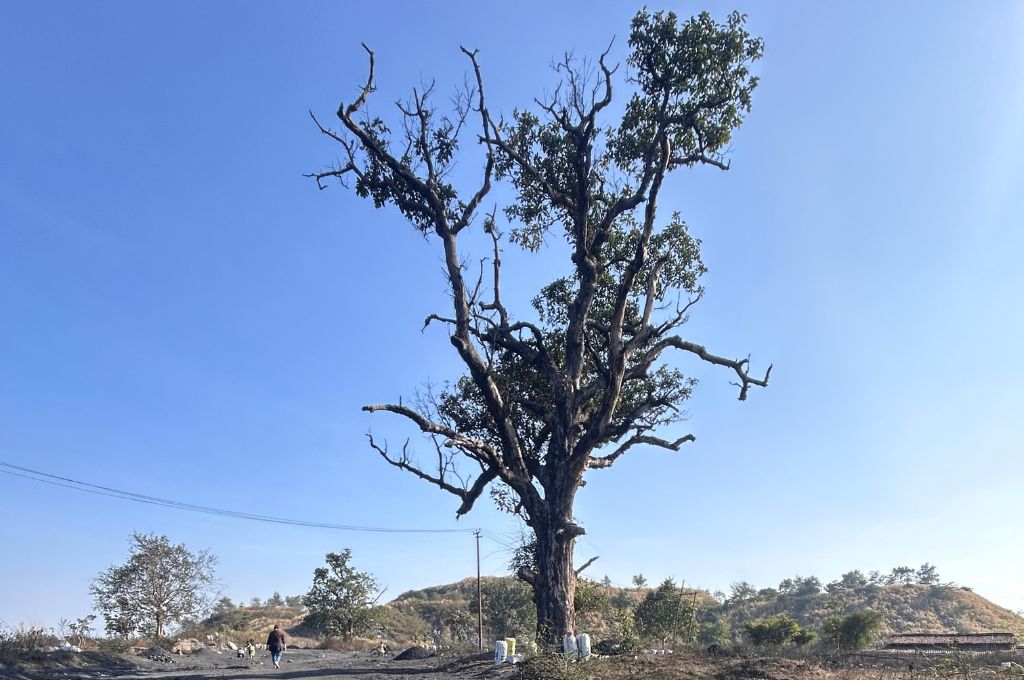READ THIS ARTICLE IN
One acre for health: Marathwada’s women farmers choose food crops

Marathwada is a historically drought-prone region in Maharashtra. Nearly every family here has suffered crop destruction multiple times over the years. This agrarian crisis has also resulted in the health of women and girls being pushed to the very bottom of the pyramid.
Following severe droughts in 2007 and 2008, a nonprofit working with women in ecologically vulnerable areas decided to conduct a health survey in the affected villages to understand the extent of the problem. “There were women and girls with very low haemoglobin levels, even below 5,” says Godavari Dange, a farm entrepreneur from Osmanabad who worked on the survey. The cases of anaemia, malnutrition, and poor immunity levels were also fairly high.
The reasons for this were complex and far too many. But they all boiled down to the predominance of and dependence on cash crops in the region. Despite mounting debts and plummeting water tables, the upper-caste and rich landholding farmers continued to cultivate hectares of water-guzzling cash crops. Cash-crop farming also meant having to buy market produce to feed oneself as opposed to eating what grew on the land. The food was not only poor in quality, but also less in quantity. Women were often at the end of the chain when it came to eating meals, which meant they were consuming nutrient-scarce and watery leftovers. And since women had no role in deciding what crops would be grown, crops essential for their health were relegated to the margins while non-nutritious sugarcane and soya beans filled the fields.
In the subsequent months six women farmers, along with Dange, developed an alternative farming model in Osmanabad. This new model aided women in growing seasonal food crops including leafy vegetables, pulses, and millets. Women were encouraged to cultivate 36 varieties of food crops such as cauliflower, tomatoes, millets, spinach, and flax seeds, depending on the season, on half to one acre of family-owned land. Not only were these crops nutritious and helped feed the women and their families, but they also required less water to grow. This model started being colloquially referred to as the ‘one-acre model’. From six women back in 2008, the one-acre model of farming is being practised by nearly 60,000 women today across 500 villages in the Osmanabad, Latur, and Solapur districts.
There has been a marked improvement in women’s health in these districts, with many women farmers stating that they feel healthier and more energetic. Dange says, “The hospital visits and medical bills of the women have also come down.”
Maitri Dore is an architect and freelance illustrator from Mumbai, India. Reetika Revathy Subramanian is a PhD candidate at the University of Cambridge.
Learn more about the one-acre farming model from the comic book Raindrop in the Drought: Godavari Dange, published as part of Goethe-Institut Indonesien’s ‘Movements and Moments’ project.
—
Know more: Learn why nonprofits need to build an ecosystem for women farmers to take charge.
Do more: Connect with Maitri Dore at [email protected] and with Reetika Revathy Subramanian at [email protected] to learn more about and support their work.



